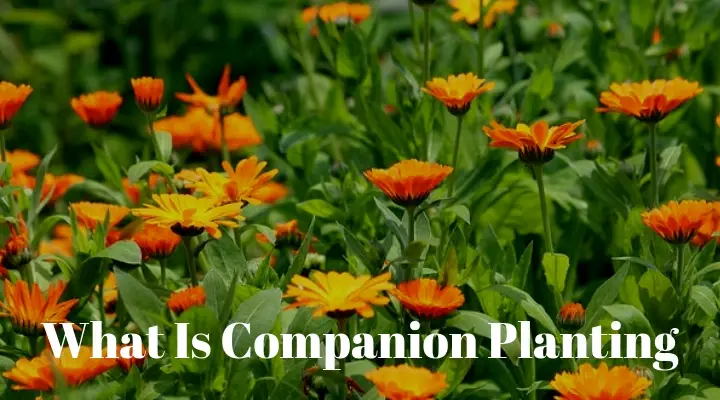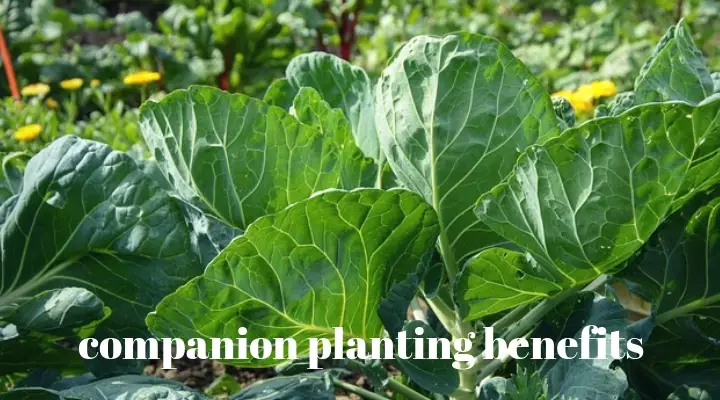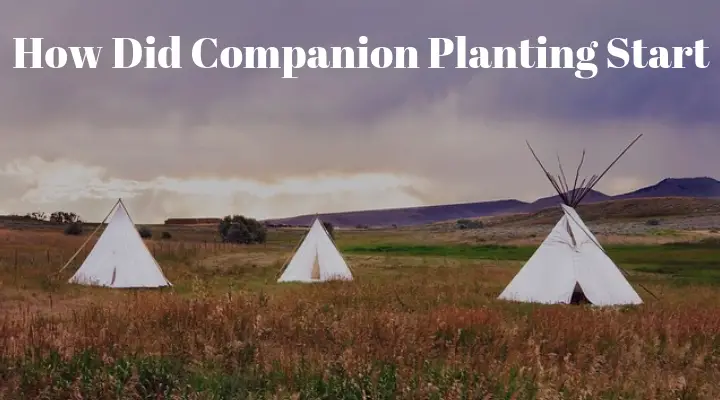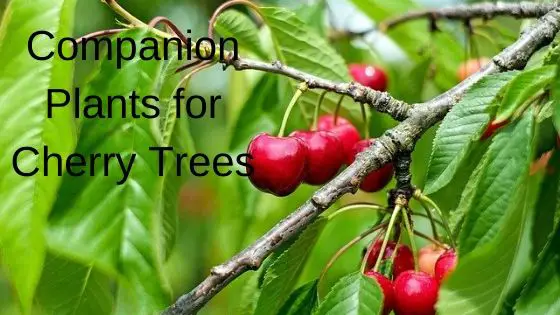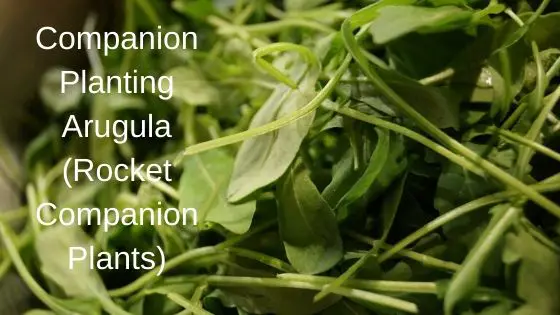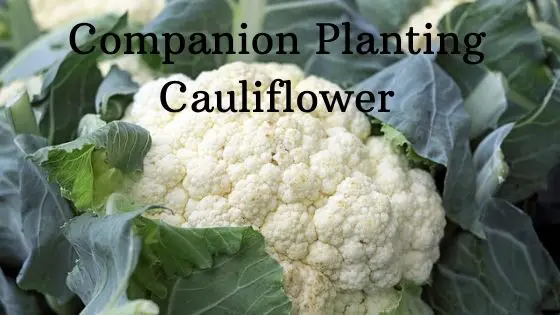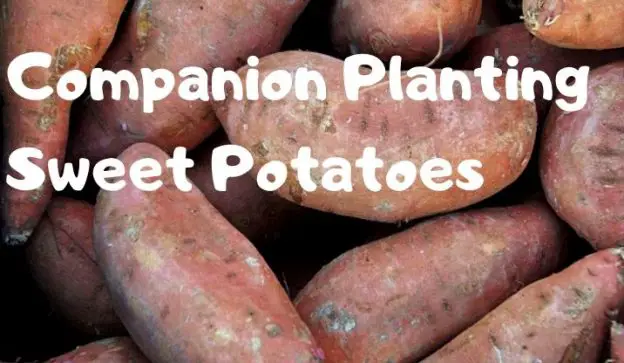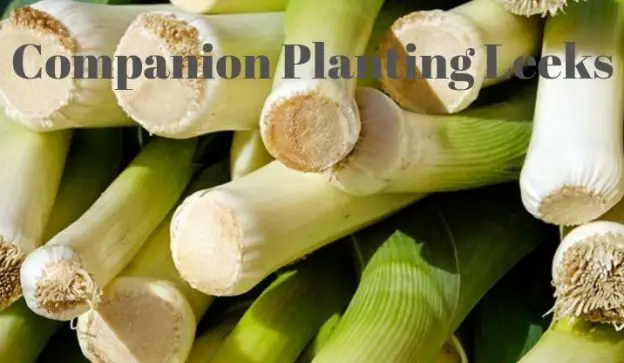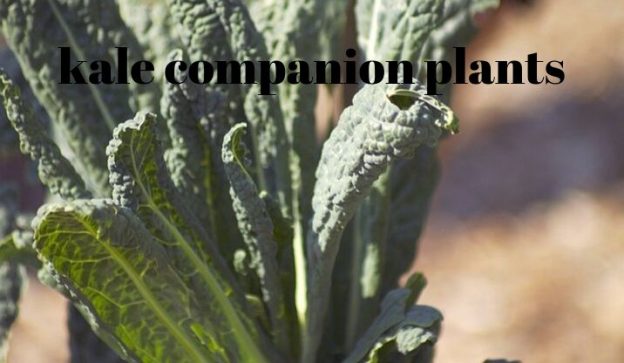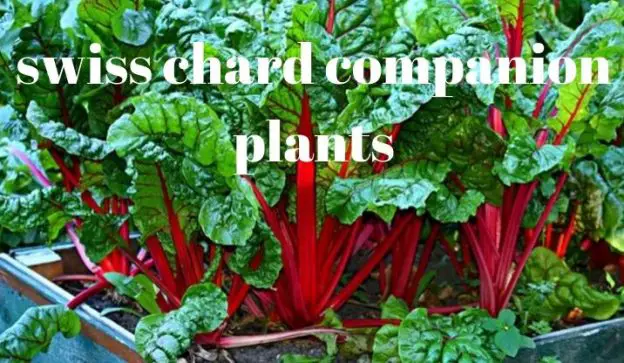How Far Apart Do Plants That Don’t Like Each Other Need To Be Kept?

I recently received a question concerning companion planting, it’s a question that I felt should be answered thouroughly and it was this. How far apart do plants that don’t like each other need to be kept? It was from Lyn who lives in London. The E-Mail Hi, Thanks for your site – it is full of such useful information. I loved your video of your vegtrug too – it has really encouraged me to see how much you can fit in such a small space. I have a small london garden and have put a raised bed (roughly six foot… → Read More

